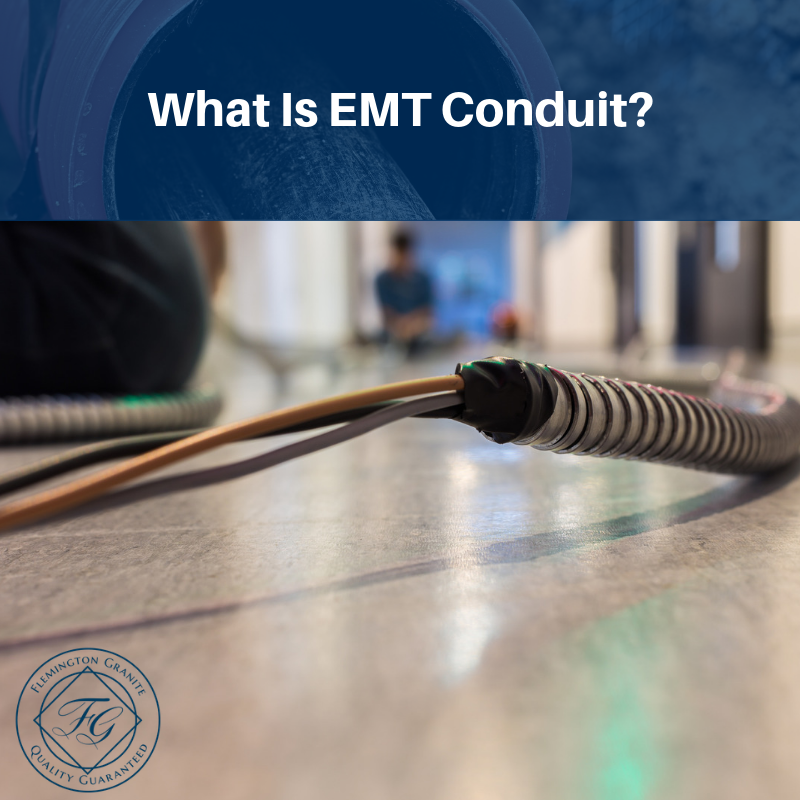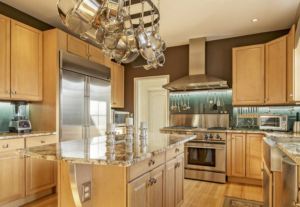
Homeowners with the grit and determination to take on DIY projects many wouldn’t, often find themselves confronted with aspects and materials that they never gave much thought to before. Conduit is one such example. We’ve all seen conduit running through commercial structures, and in our own homes, be it in the basement through the floor/ceiling, or along brick, cement, or stone walls.
Why Conduit Matters
Conduit is important. It doesn’t just reduce the eyesore that would come from exposed wire bundles, it also serves to protect these wires, prevent them from breaking under their weight, it insulates them, and it keeps things organized and clean.
Conduit makes such a difference that in most cases, where wire isn’t properly run through enclosed ceilings and walls, building code requires the use of it where wires are run.
Why EMT?
There are a few different kinds of conduit, made of a variety of materials. Some conduit is made of PVC, baked clay, copper, aluminum or advanced synthetic materials. EMT, however, is made of galvanized steel. This is an affordable material, as it’s been in use for over a century for various applications.
The advantages of this type of steel are that it’s strong yet relatively light weight, it’s resistant to corrosion or rust, it holds up against significant temperature variations, and it’s easy to manipulate.
Flexibility – Bending EMT
EMT conduit has an advantage of being relatively easily bent. When working on your project, you will quickly encounter a situation where straight lines and right angles aren’t an option – right angles aren’t good for wires and cabling. This means you’ll need to bend your conduit along smooth arcs and curves. This isn’t difficult, after some practice with a conduit bender and a chart for calculating angles and ratios – something we’re happy to provide.
Segmentation
Another advantage with EMT conduit is the modularity of it. It comes in small and large sizes and gauges, and can easily be connected together with clamps. If you cannot find a small enough size, or cannot get the precise size you need from available lengths, it’s also very easy to cut, despite its toughness.
Variety
Along with having a variety of sizes and lengths, it’s available in a wide array of colors, making it easy to color code your lines.
Is EMT Conduit Right for You?
EMT is mostly used as a high-volume material for commercial projects. But, given it’s durable, affordable, and easy to cut/bend, it’s also very good for residential projects. To learn more about EMT conduit, weight and bending calculations and any other concerns with conduit in general, fill out our contact form or call us today!






